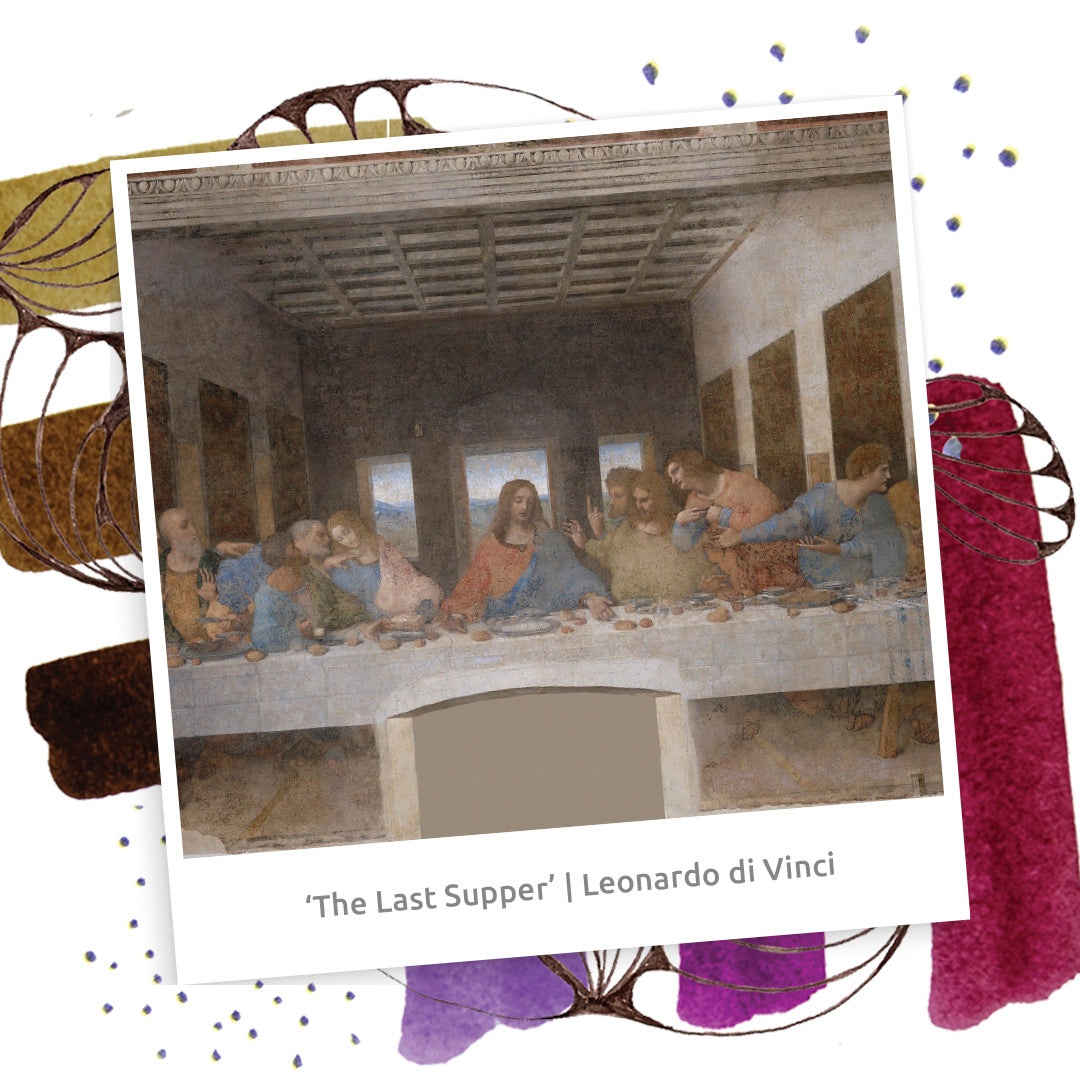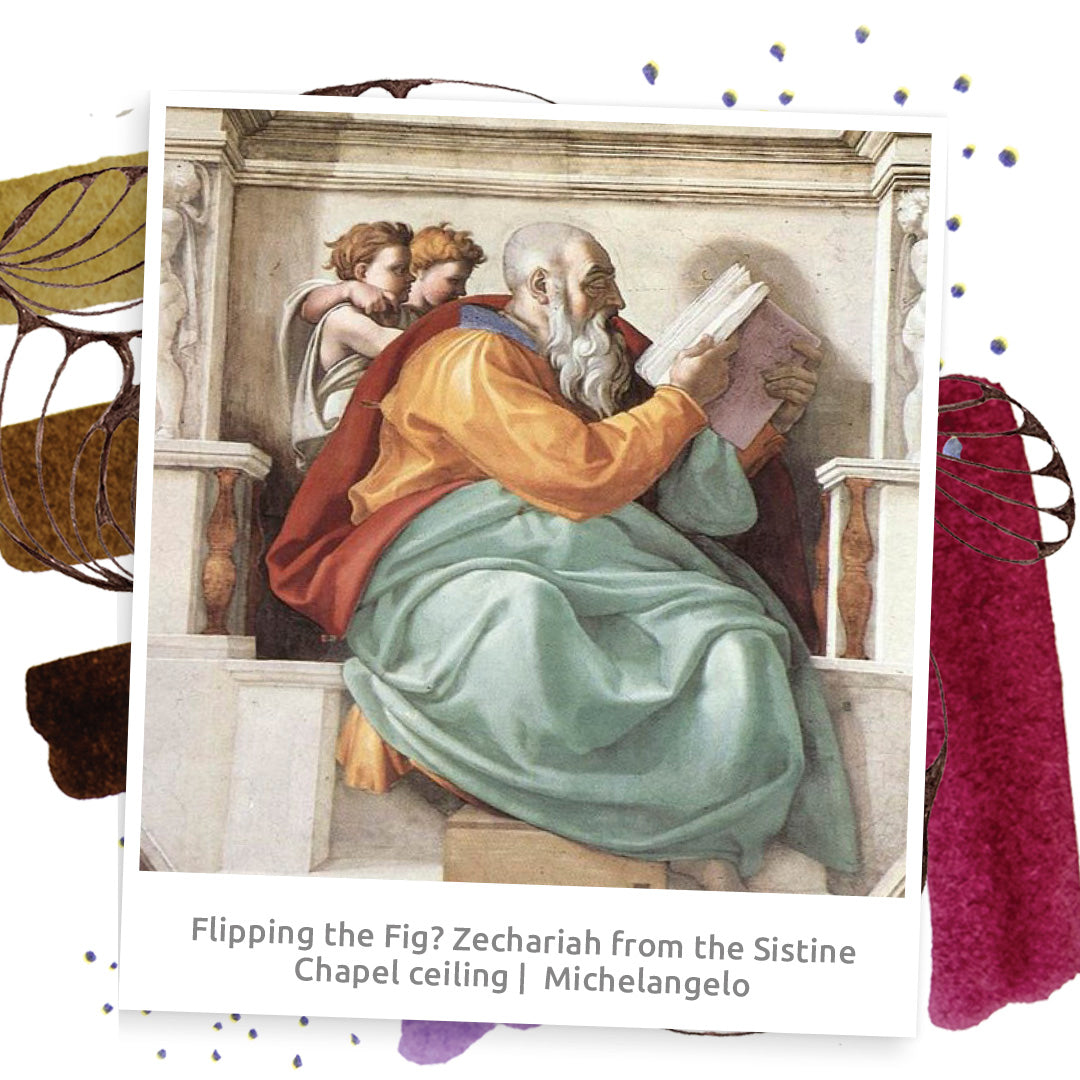Hiding in Plain Sight
From ancient cave drawings to more contemporary work, artists have been embedding messages, thoughts and meanings into their art. Some are a deliberate inclusion of cryptic imagery, others offer double meanings only visible upon further inspection that give us insight to views the artist may have had or even how they were actually feeling and a serve as a comment to the era they lived in.
One of the most famous examples is Leonardo da Vinci’s ‘The Last Supper’. Art Historians and conspiracy theorists have delved deep into this depiction of Jesus sharing his last meal with his disciples. Theories range from hidden messages about the date the world will end, to the painting having a secret musical number embedded! The most obvious not so hidden message being that this is the only painted version of this scene where Jesus is pictured without a halo. This is said to be a nod to Leonardo’s belief in nature rather than God, representing Jesus as mortal man- quite the political stance for this time. ‘The Last Supper’ has even been the plot for a book and subsequentially a movie series. ‘The Da Vinci’ Code, by Dan Brown, is based around fictional hidden messages found within the painting. Spoiler alert- in his story, Brown takes us down a deep rabbit hole where we discover the 12 men at Jesus’ table weren’t actually disciples, and that the “beloved disciple” to Jesus’ right is actually Mary Magdalene. The conclusion of the book being that the Holy Grail isn’t a scared cup, it’s actually a secret; Jesus had a child with Magdalene. Scandalous.


Michelangelo is said to have purposefully included a hidden message in one of his paintings at the Sistine Chapel. On the ceiling is one of the prophets – Zechariah – who was apparently painted in the likeness of Pope Julias II. This Pope was an unpopular person at the time, and supposedly disliked by the artist himself. Zechariah is depicted reading to a couple of angels, one of which happens to be making a sneaky gesture behind his back. Known as ‘flipping the fig’, it’s a mocking gesture, and quite an obvious one for this era, viewers who clocked it would have certainly known how Michelangelo felt about this man!
Messages within art can also be subtle, especially when given no context. For example ‘The Starry Night’ by Vincent Van Gogh. Painted during his time at an asylum, this beautiful piece is said to represent a darker emotive state and amongst the dazzling stars and glorious swirls that form the night sky are elements that reflect his deteriorating mental health. Such as the dark cypress tree, known for representing death and mourning adding a haunting layer of meaning to the painting, inviting viewers to contemplate the artist's inner turmoil.
Hidden messages enrich the artistic experience, prompting contemplation, interpretation. Obvious or not they add depth to the artwork and are all there for one reason - for you to engage and react to as you unlock the secrets concealed within artworks. One thing is clear for every piece of art- the enduring power to provoke thought and emotion.
